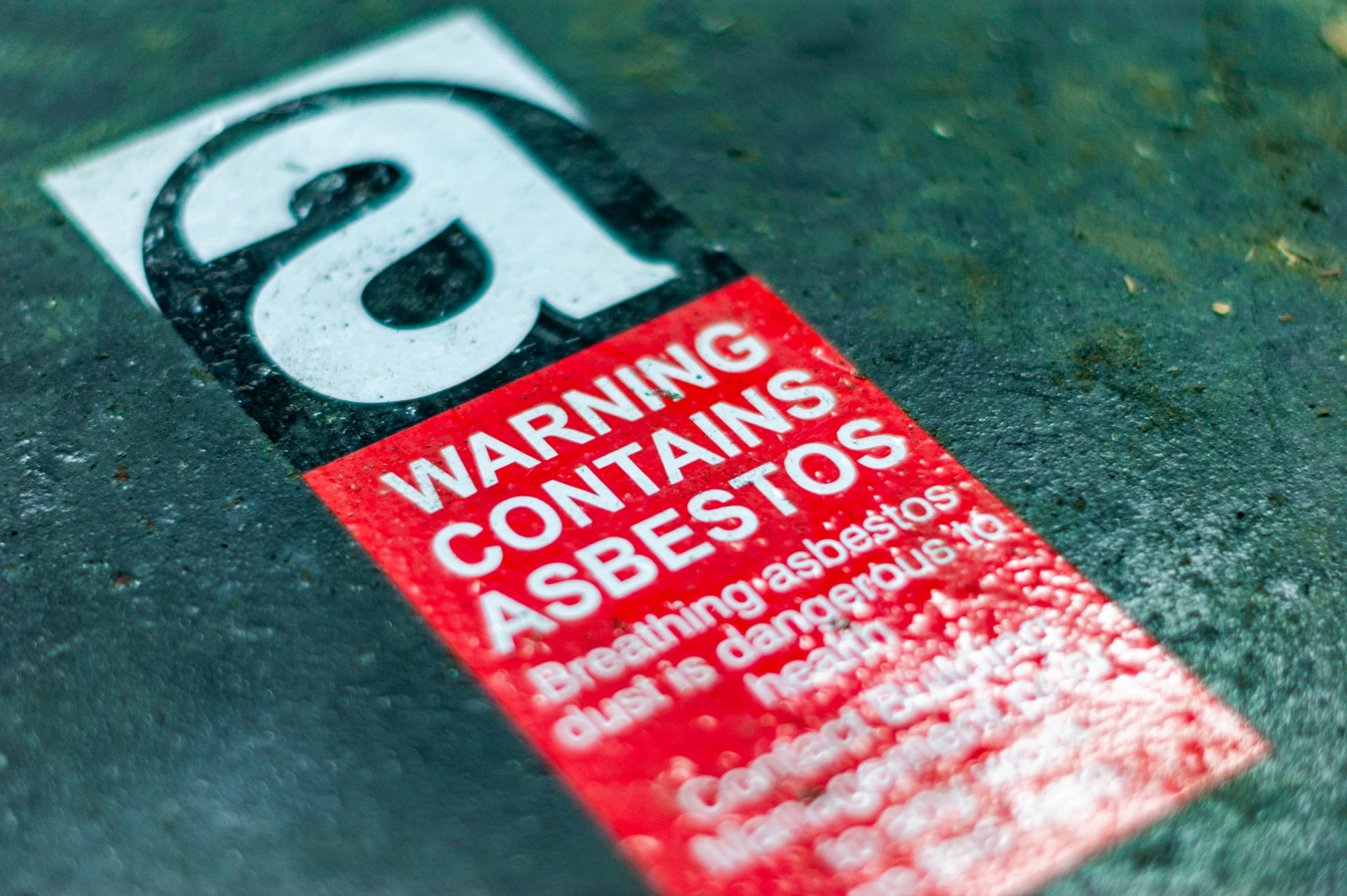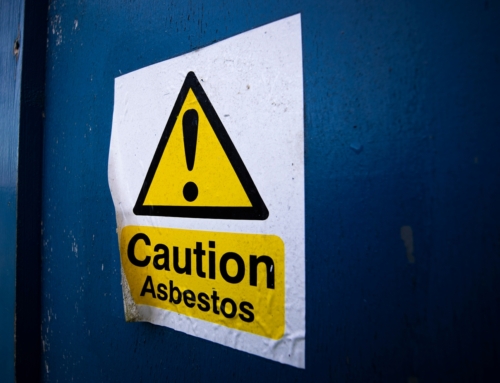Once considered a versatile building material, the dangers of asbestos are now widely known. In the UK, there are strict regulations about its management and removal to protect the health and safety of workers and the public. This includes a requirement to keep an accurate asbestos register as part of a good asbestos management plan.
But what is an asbestos register? And why is it so important to keep it up to date? Here’s everything you need to know.

What is an asbestos risk register?
An asbestos risk register is a comprehensive report documenting the presence of confirmed or presumed asbestos-containing materials (ACMs) within a premises. It’s a vital tool for the ongoing management of asbestos-related risks in a building, offering detailed information about the location, condition and extent of ACMs.
Asbestos registers help duty holders, property owners, staff managers and maintenance teams to assess asbestos exposure risks and implement robust safety controls. Both employees and contractors should be asked to check the asbestos register whenever work is carried out.
Is an asbestos register a legal requirement in the UK?
Maintaining an asbestos register is a legal requirement under the Control of Asbestos Regulations 2012. It specifically mandates duty holders (e.g., employers, building owners and property managers) to assess the presence of asbestos in commercial premises and maintain a record of findings.
This live document should always contain the most up-to-date information about the condition of ACMs in the building. Non-compliance can lead to severe penalties, such as fines and legal action.
What should an asbestos register include?
An asbestos register should contain relevant information about the location, condition and type of ACMs present (or presumed present) within a premises. Clearly identify any areas where ACMs can be found, including specific rooms, floors and building components. Maps, photos and diagrams can be included.
Provide a description of the ACMs (this is where photographs can help), including their form, colour and current condition. You should also note the extent of the asbestos, including whether it’s localised to a particular spot or widespread throughout the building. You can use your register to record the results of any asbestos surveys or inspections where they’ve made observations about the condition or risks of particular ACMs.
Use your register to form part of an overall asbestos management strategy, including documentation of measures to mitigate the risks, details of when inspections will be taking place and any plans to monitor, remove or encapsulate asbestos.
When should asbestos registers be updated?
Your asbestos register should be reviewed regularly. Always update your asbestos records to reflect changes to the condition or status of ACMs within the premises (including dates). This may be based on recent observations or the results of a professional asbestos survey. You may also wish to record who will be making future checks and why they’re qualified to make them (e.g., they’ve had extensive training to do so).
Additionally, the register should be revised if there are significant alterations or refurbishments that may disturb ACMs. Regular updates keep the register accurate and continue the safe management of asbestos-related risks.
Need asbestos management help? Contact us today
Goodbye Asbestos offers asbestos surveys and removals across London, Surrey and the Home Counties, coming out to Heathrow, Hemel Hempstead and beyond. For a free quote, get in touch today.




